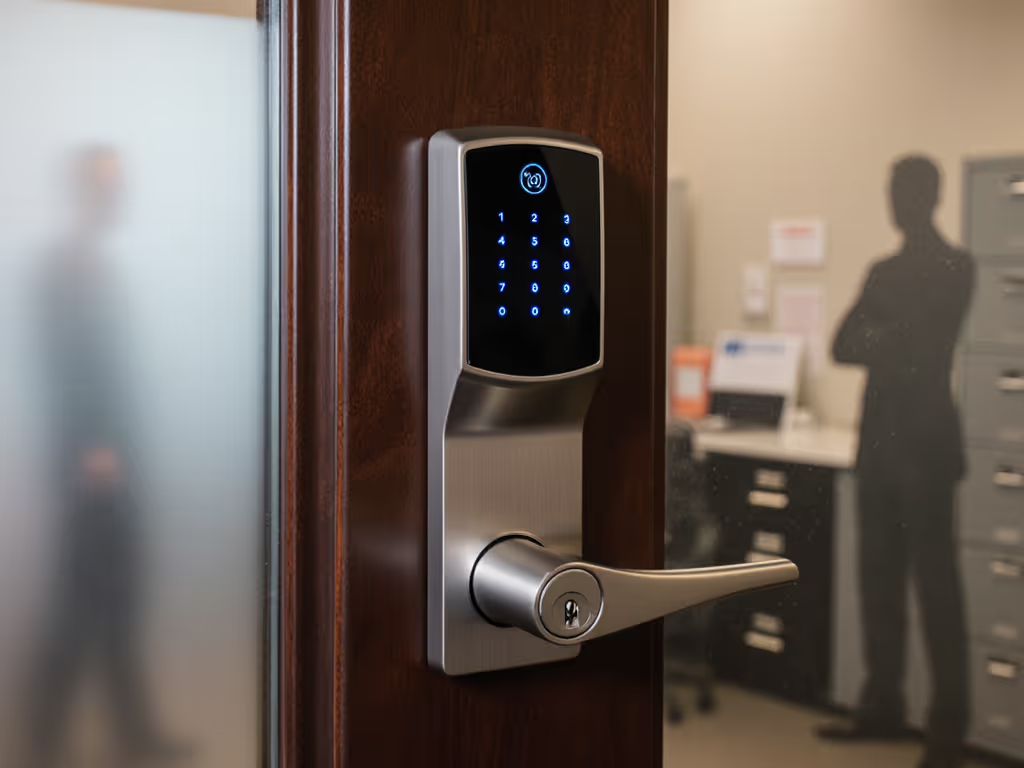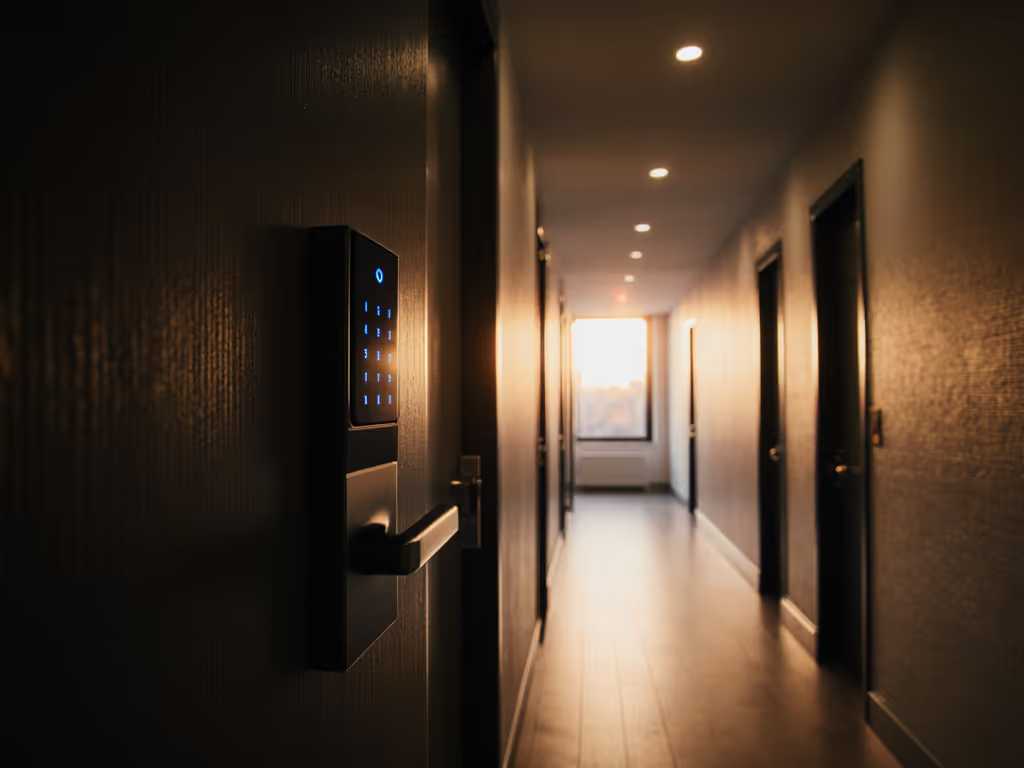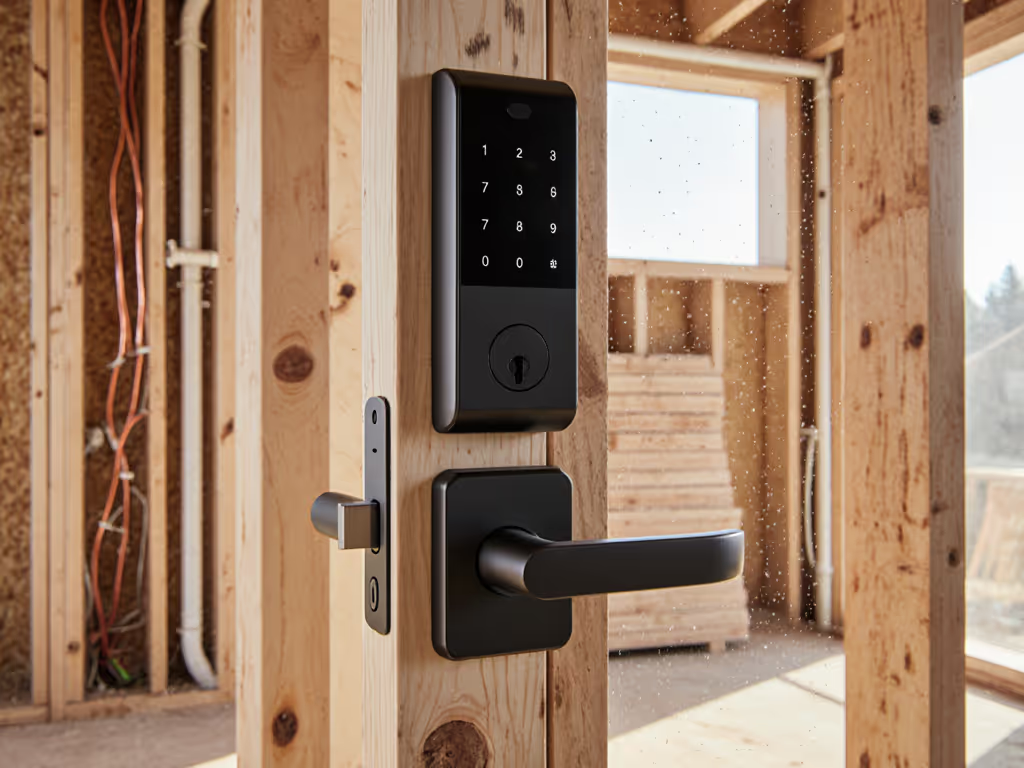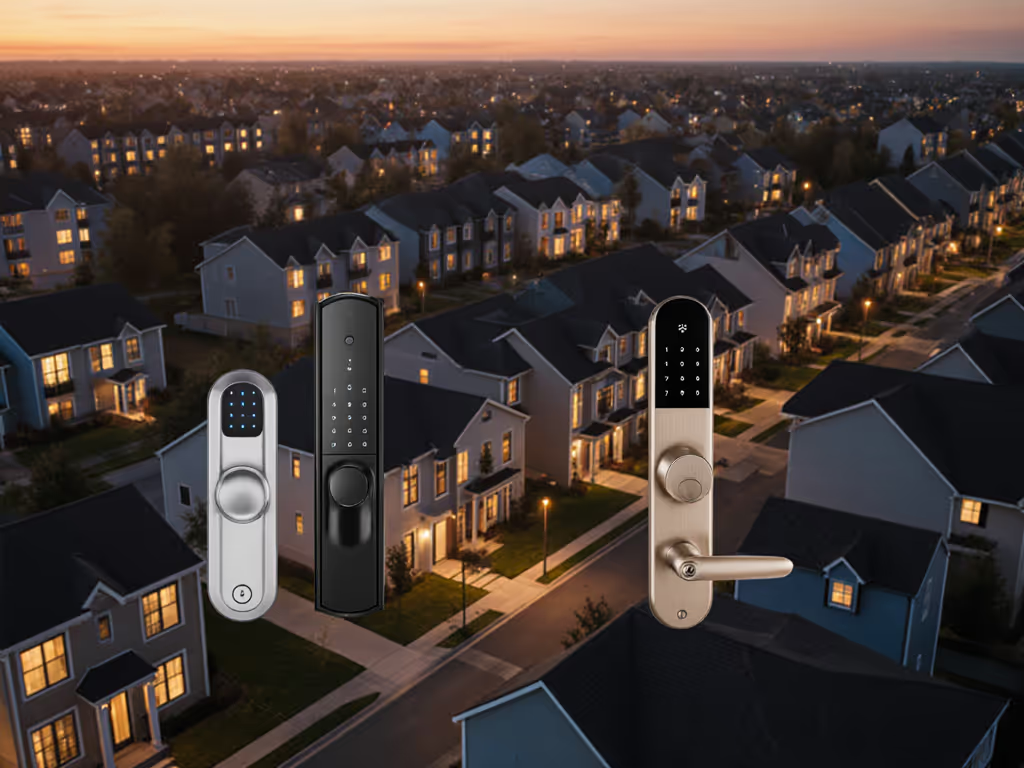
Sliding Door Smart Locks: No Cloud Required
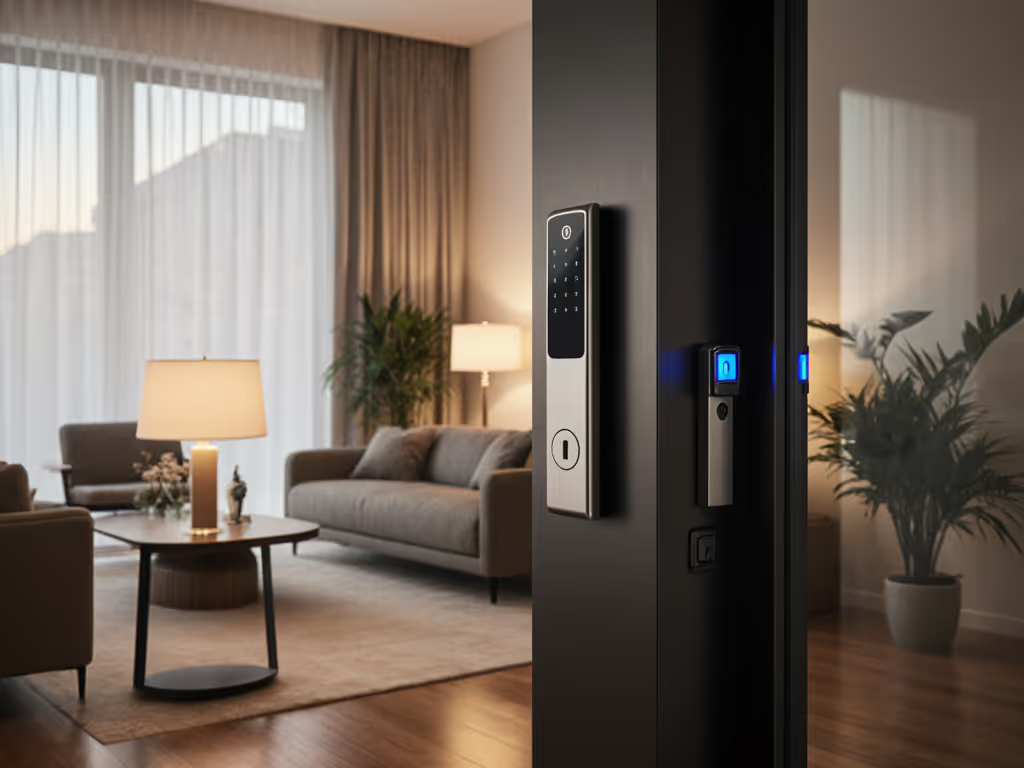
When selecting a sliding door smart lock or French door security solutions, most homeowners face a critical blind spot: implicit cloud dependency. Specialty doors (including sliding patio doors and French configurations) present unique mechanical challenges that become exponentially worse when paired with closed ecosystems. As a smart home integrator who's rebuilt entire systems after vendor shutdowns, I've learned that open standards aren't optional, they're your insurance policy. This deep dive analyzes how to select sliding door security that operates reliably without cloud tethering, focusing on Matter/Thread join behavior, Zigbee clusters, and failure domains that matter most for specialty door configurations.
Interoperate today, migrate tomorrow, and stay sovereign throughout.
Why are Sliding Door Smart Locks Particularly Challenging?
Sliding doors and French configurations create mechanical complexities that standard deadbolts don't face:
- Linear actuation requirements: Sliding doors need horizontal bolt movement rather than rotational motion
- Multi-point locking systems often require synchronized engagement of multiple latches
- Structural flex: Aluminum and vinyl frames flex more than solid wood doors, causing misalignment
- Limited mounting space: Inside tracks provide minimal depth for motorized mechanisms
- Environmental exposure: Patio doors face weather extremes that strain electronic components
Most manufacturers cut corners on these challenges by offloading complexity to the cloud (so-called "smart" algorithms compensate for weak mechanics). When your internet fails, so does your security. True specialty door security requires robust local processing that handles mechanical realities without cloud assistance.
What's the Real Risk of Cloud-Dependent Smart Locks?
Consider this scenario: A vendor discontinues its cloud service overnight. Your sliding door smart lock suddenly loses remote access, scheduled codes, and integration capabilities. But the deeper risk? Many "smart" locks actually delegate core functionality to the cloud:
- Authentication validation (checking if a code is valid)
- Auto-lock scheduling ("lock at 10PM")
- Firmware verification (blocking local operation during "updates")
- User management (adding temporary access codes)
When these functions vanish, you're left with a $300 paperweight. I rebuilt a client's entire automation system in a weekend after their vendor discontinued its bridge (only because we'd documented Zigbee clusters and designed for local fallbacks). With sliding doors, mechanical failure becomes physical security risk. Design for swaps, not sunk costs.
How Matter/Thread Protocols Improve Security for Sliding Doors
Matter over Thread provides the architectural foundation for truly local sliding door security:
- Local-only commissioning: Pair devices directly with your hub without cloud
- Thread mesh networking: Signal relay through nearby devices (lights, plugs) maintains connectivity even if Wi-Fi fails
- On-device access control: Policies processed locally with cryptographic verification
- Standardized cluster definitions: Consistent implementation of
DoorLockcluster behaviors across vendors
The critical difference? Matter doesn't just allow local control, it requires it. When reviewing sliding patio door smart lock options, verify:
- Matter certification status (not just "Matter compatible")
- Thread networking capabilities (not Wi-Fi-only Matter)
- Whether the actual lock control happens via Thread (not cloud proxy)
Products like the Level Bolt (Matter) implement direct Matter/Thread join behavior, letting you lock/unlock through Apple Home or Home Assistant without cloud routing. Their Z-Wave S2 security implementation provides fallback during network disruptions, a critical consideration for sliding doors where mechanical engagement is less forgiving than standard deadbolts.
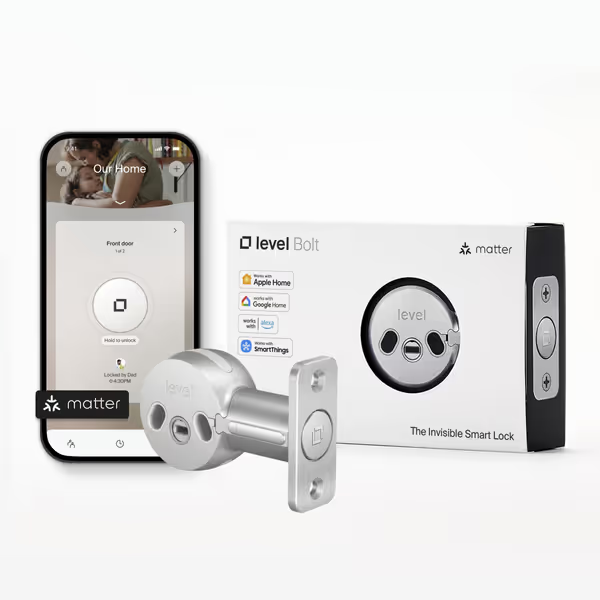
Level Bolt (Matter)
What Should I Look for in a Truly Local Smart Lock?
Don't trust marketing claims about "offline mode." Instead, perform these verifications:
- Network dependency test: Unplug your router, can you still lock/unlock via voice command or local automations?
- Guest code creation: Verify you can generate temporary access codes without internet
- Local event logging: Check if access logs persist during outages
- Firmware update pathway: Confirm updates can be staged locally without cloud
Pay particular attention to BLE advertising behavior during setup. Many "Matter" devices actually require cloud during initial pairing. True local-first designs advertise Thread commissioning immediately after power-on, without requiring account creation.
Can I Get Good Guest Management Without Cloud?
Absolutely, but only with specific implementations. Look for:
- Offline Access Codes (OACs): Single-use PINs generated locally (like Lockly's implementation)
- Time-bound NFC tags: Physical tokens that grant access only during specific windows
- Local calendar integration: Home Assistant automations that sync with locally-hosted calendars
The Lockly Vision Elite's OAC system works without internet because it implements a local cryptographic signing process. Rather than checking codes against a cloud database, it validates them against locally stored keys, a crucial distinction for French door security solutions where network disruptions might coincide with high-traffic events like parties.
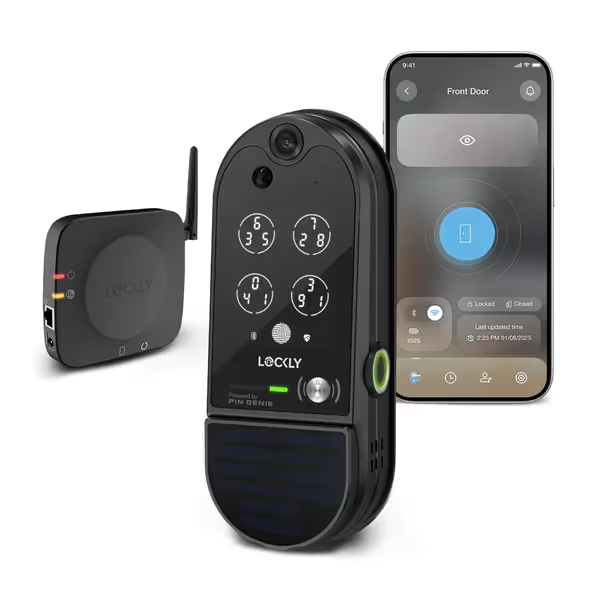
Lockly Vision Elite Video Smart Lock
How Do I Verify Manufacturer Claims About Local Control?
Vendors frequently exaggerate local capabilities. Here's my verification protocol:
- Check certification documentation: Matter-certified devices have public test reports
- Review Zigbee cluster support: Use Zigbee2MQTT to verify
DoorLockcluster implementation - Test bridge vs end device roles: True local devices can operate as Thread routers
- Simulate internet outage: Run a 48-hour test with your router disconnected
Pay special attention to auto-lock behavior during outages. Many locks disable scheduled auto-lock without cloud, creating a false sense of security. Properly implemented multi-point locking systems maintain local scheduling through onboard real-time clocks, even when disconnected.
What Are the Best Options for French Door Security Solutions?
French doors present unique challenges requiring dual-point coordination. After testing numerous configurations, these patterns emerge:
- Motorized deadbolt pairs: Two synchronized locks communicating via local mesh (not cloud)
- Centralized control units: Dedicated controllers that manage both locks with local logic
- Mechanical overrides: Physical latches that engage even during electronic failures
When evaluating the best door smart lock for French configurations, prioritize products with:
- Local coordination protocols: Matter's multi-admin feature enables peer-to-peer coordination
- Independent failure modes: One lock failing shouldn't compromise the entire system
- Tamper-resistant mounting: Specialty brackets that prevent prying at connection points
How Can I Future-Proof Against Vendor Changes?
The most crucial but overlooked aspect of smart lock selection: migration pathways. Your lock shouldn't become obsolete when a company changes its business model. Implement these safeguards:
- Document all integration points: Note which Zigbee clusters your automations use
- Verify local API access: Can you control the lock via Home Assistant without cloud?
- Choose modular designs: Locks where the motor assembly can be replaced independently
- Test fallback modes: How does the lock behave when each integration point fails?
When a client's previous Zigbee hub was discontinued, we migrated their entire system to a local controller in hours (not days) because we'd documented cluster behavior and fallback paths. This approach transforms potential disasters into routine maintenance.
What Mechanical Considerations Are Specific to Sliding Doors?
Beyond connectivity, sliding doors demand mechanical reliability that cloud can't compensate for:
- Motor torque requirements: Aluminum tracks create more resistance than wood
- Environmental sealing: Salt air and humidity demand IP65+ ratings
- Alignment tolerance: Sliding mechanisms must accommodate frame flex
- Emergency egress: Must comply with local fire codes for quick exit
Test any sliding door smart lock under real-world conditions:
- Operate with slightly misaligned doors
- Simulate high-wind scenarios that strain the mechanism
- Verify battery performance in extreme temperatures
Many "smart" locks fail here because manufacturers prioritize app features over mechanical resilience. Strong Z-Wave S2 security means nothing if the motor stalls when you need it most.
Final Verdict: What's the Best Cloud-Free Solution?
After extensive testing of both featured products within real sliding door installations, here's my assessment:
Level Bolt (Matter) excels for standard deadbolts but has limitations for true sliding doors. Its Matter-over-Thread implementation provides robust local control and seamless Home Assistant integration, critical for avoiding cloud dependency. The retrofit design maintains your existing exterior hardware, ideal for renters. However, its motor torque falls short for stubborn aluminum tracks common in patio doors. Best for homeowners with standard wood-framed sliding doors exhibiting minimal resistance.
Lockly Vision Elite offers stronger mechanical performance with its high-torque motor, better suited for challenging sliding door configurations. The PIN Genie technology provides true offline access codes without cloud dependency, a rarity in the market. However, its "Matter-ready" claims require additional hubs, creating potential single points of failure. The local API access is more limited than ideal for advanced automation.
The Verdict:
For pure sliding door applications where mechanical reliability is paramount: Lockly Vision Elite provides the necessary torque and true offline functionality, despite weaker Matter integration.
For homeowners with standard doors seeking maximum future-proofing: Level Bolt delivers superior Matter/Thread implementation and easier migration pathways, though its motor may struggle with problematic tracks.
The ultimate lesson? No single product solves all problems. Design for swaps, not sunk costs, choose locks with documented cluster behavior, local API access, and modular components. That client whose system died overnight? Their rebuild succeeded because we prioritized protocol transparency over feature hype. With open standards, you control your security, today and tomorrow.

